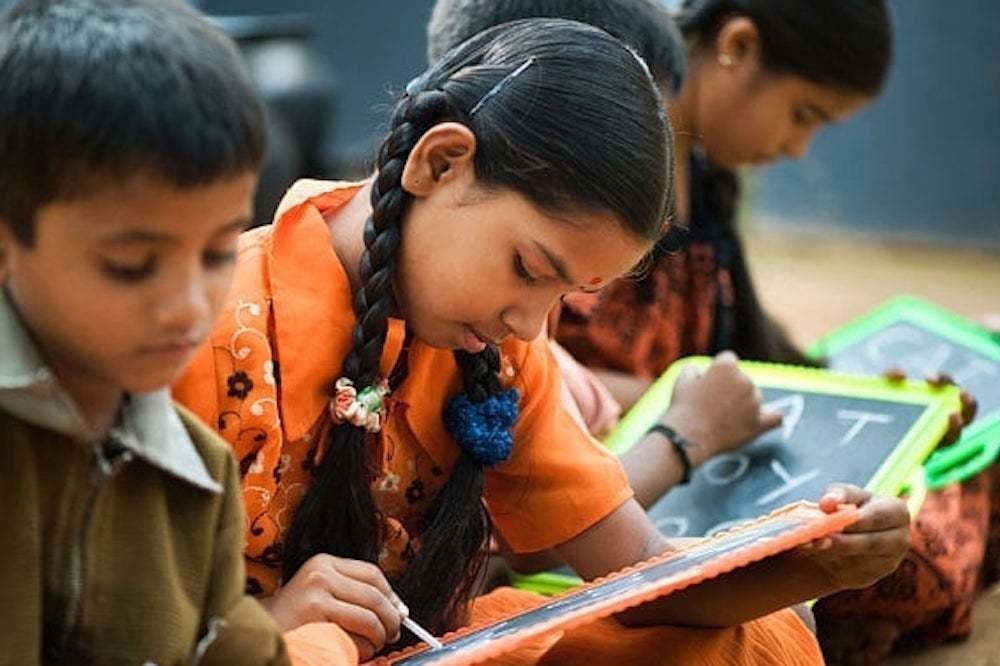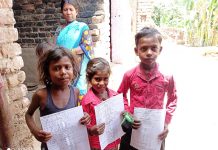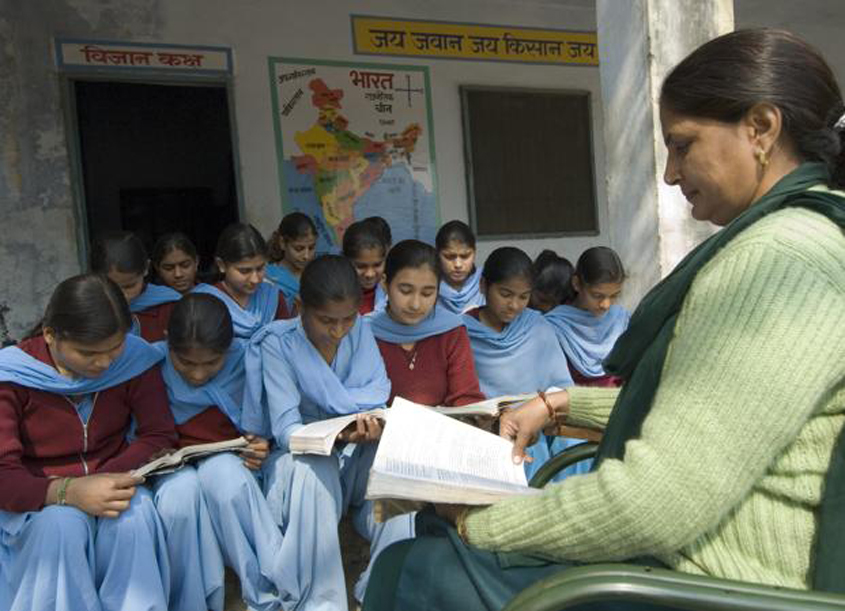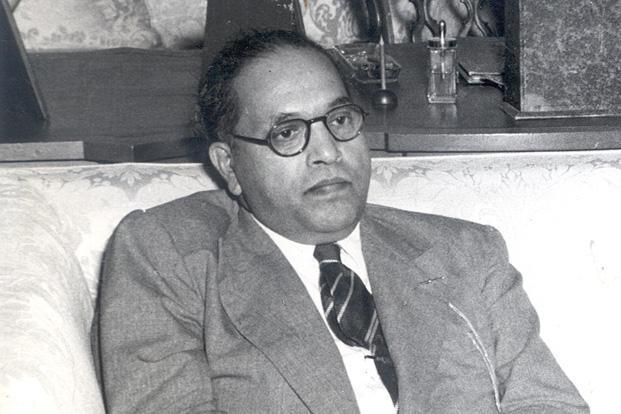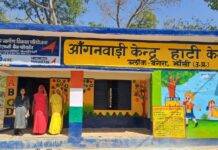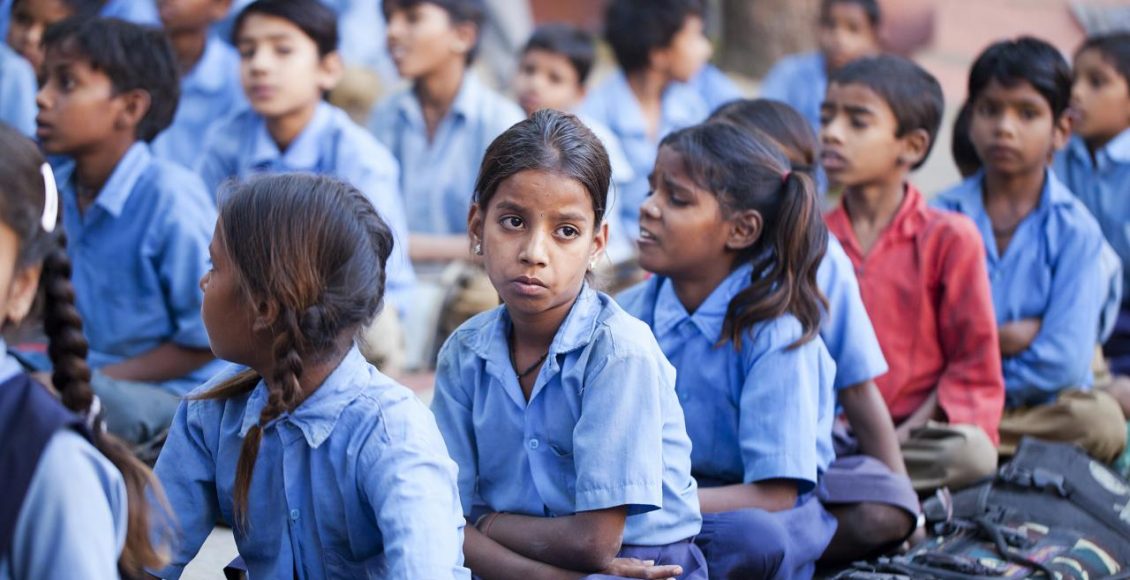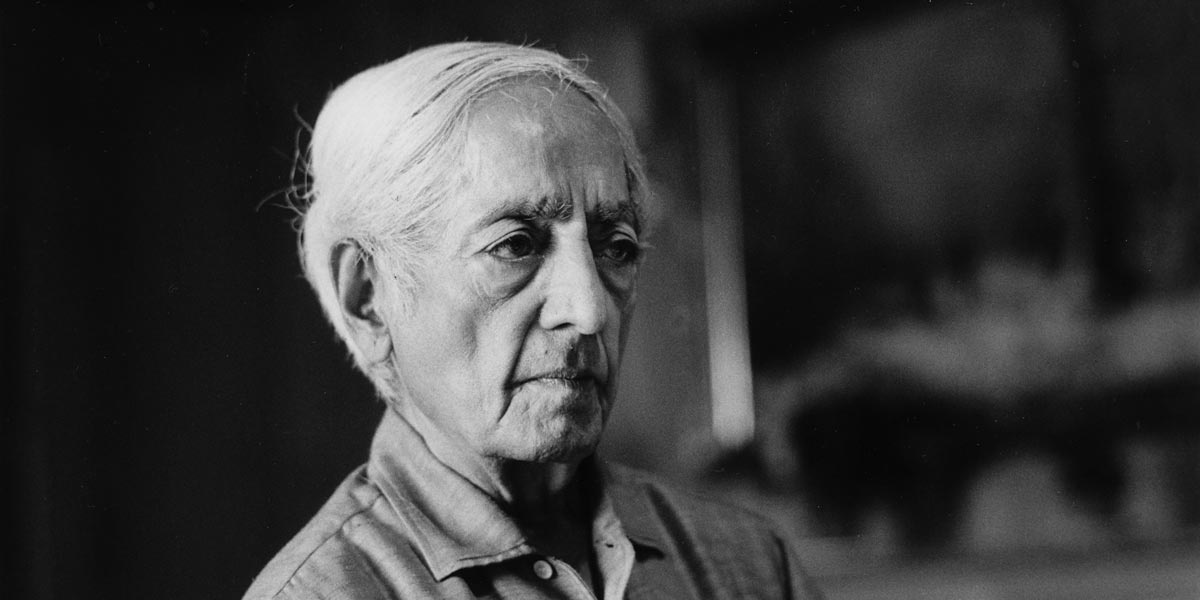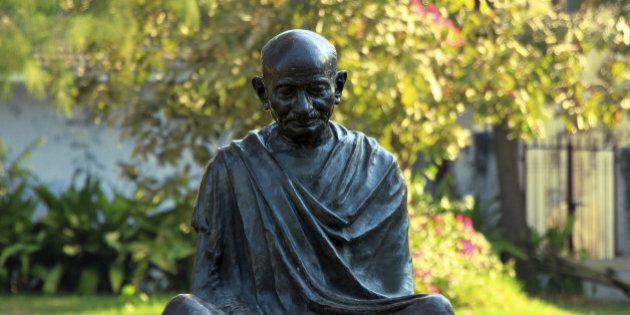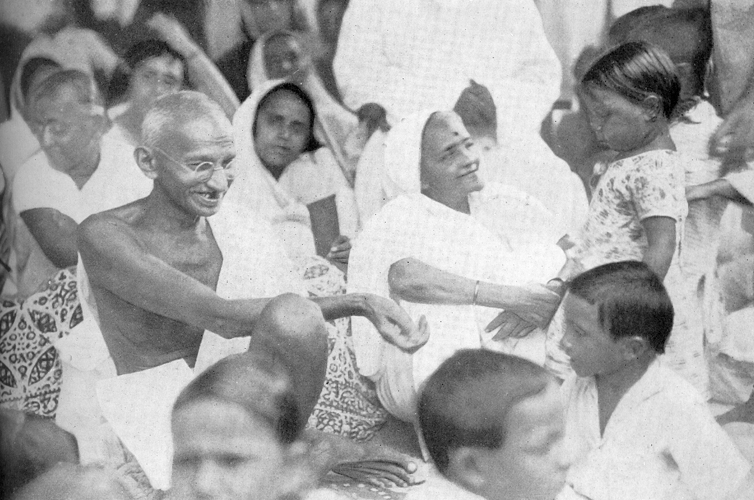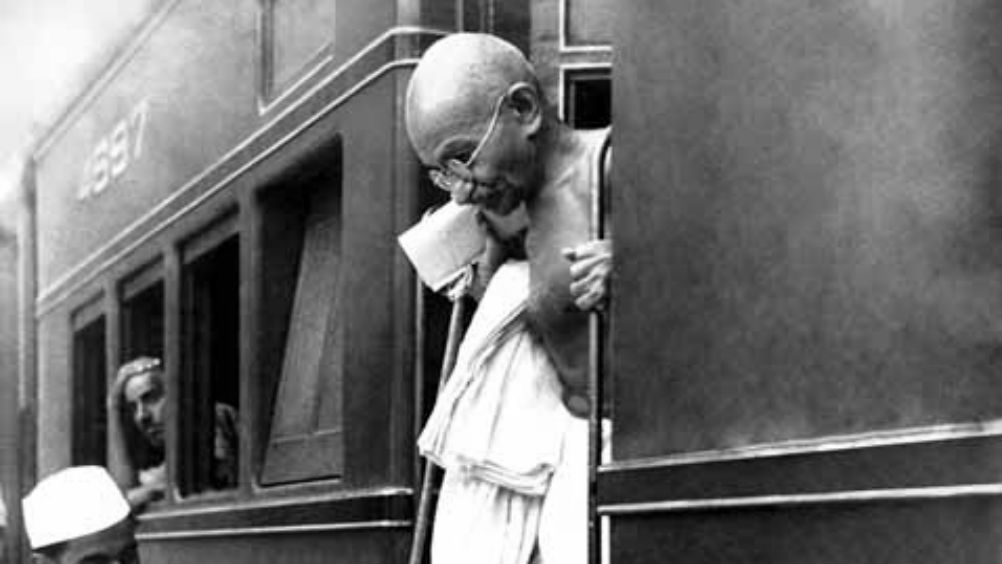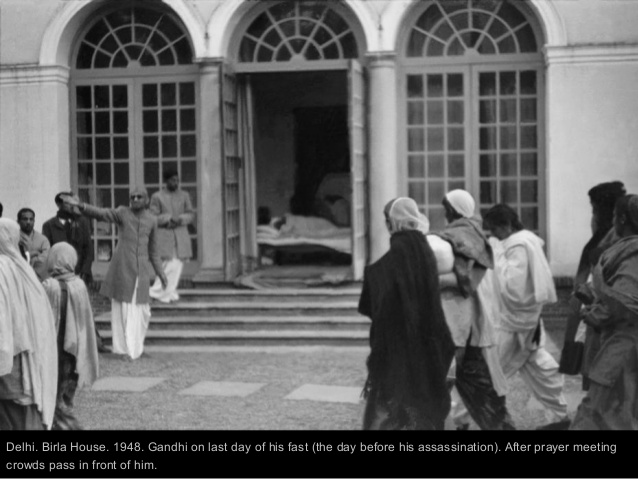India stands at crossroads with the advent of the Coronavirus, resulting in a lockdown imposed by the central government on 25th March 2020. The lockdown has generated the government’s interest in promoting ‘remote learning’ for students in schools and institutions of higher education.
Although, a global-local lockdown is a logical step towards repressing the pandemic, however, the impact of the prolonged closure on education will vary across the country. Amid the increasing economic burden on families, and with fewer opportunities of learning at home, India’s poor and marginalised children are more vulnerable to the overall impact of this pandemic.
While digital India has seen a surge of privatised service providers to promote remote access to education, the absence of midday meal for their children is a bigger concern for disadvantaged parents. The neoliberal policy of education in India fails to see Coronavirus as the worst bane for the poor. The makeshift policy of Delhi government to utilise government schools as isolation wards represents the issue of scarcity of resources and fractured planning by the government with reference to education.
Contextualising the problem
Coronavirus has invaded the lives of people both globally and locally, and is being seen as the ‘first neoliberal virus in the world’. Irrespective of advanced health facilities, the burden of self-preservation falls upon individuals and society. Consequently, social distancing and lockdown have become the technique for self-preservation.
The present Indian government’s policies predominantly fall under the implications of the neoliberal framework.
The government has been politically downsizing investment in people’s lives, especially the farmers and agricultural workers, leading to anti-worker policies and rising unemployment. Such policies leave open trajectories for privatisation of the state since such regimes embrace ‘globalised-friendly development’.
Although the government offers a farcical response to the catastrophic situation induced through the pandemic, it is bleak and hardly inclined towards the social welfare of people. COVID-19 has magnified the hunger crisis as ‘nearly two-thirds of 1.34 billion people have hand-to-mouth existence presently’. With few initiatives from the government on health and livelihood crises, civil societies have sprung into action for delivering essentials to the disadvantaged communities.
Social scientists are hailing the collapse of neoliberalism, as market forces fail to be a harbinger of social welfare. There is a shift in power from the government and markets to the communities and commoners, as people are collectively galvanising to reduce inequalities during the Covid-19 crisis (for instance, civil societies’ initiatives such as making survival packs/food kits with the help of massive community participation). In such a state, ‘the commons are neither capitalist nor communist, market nor state’. Instead, people are an insurgency of social power as ‘they come together as equals to confront their shared predicaments’. However, contemplating the present period as the end of the neoliberal era seems idealistic since the ideology of neoliberalism prevails even amid chaotic situations created by health emergencies. The brute forces of neoliberal markets remain selfish and continue to dominate the human spirit, as elaborated below.
The burden of self-preservation on the individual and civil societies
It is falsifiable that Coronavirus does not discriminate people based on race, class or country. In the similar lines, according to India’s demographic situation, the lockdown is a cause of serious concern as ‘hundreds of millions of its citizens are destitute, and countless of them live in urban areas packed with poor sanitation’. Although this virus permeates a health crisis for the world, it is an economic crisis for poor people working in the informal sector bearing its worst perils. The images of community participation fed in people’s mind for aiding the poor and marginalised are a ‘mix of market rationality and technological packing’. The media-driven market sanctifies itself as a good communitarian practitioner while the situation of poor, especially migrant workers, is destitute and indiscernible. Recently, at the Uttar Pradesh borders, an exodus of migrant workers were sprayed with chemical infused disinfectants made for buses to sanitise them. Such massive interstate movement of migrant workers shows the robust privileges of middle and upper-middle-class families who can afford the norms of social distancing. The all-pervasive mechanism of social distancing shows the humanitarian crisis and triumphant agenda of technocratic reason behind it. As a result, social distancing gets intertwined with inequalities, giving powerful authorities complete supremacy over the marginalised. Both social distancing and education in the present time has become a privilege and not a right, as elaborated below.
Neoliberalism in education: remote learning as a new digital divide
Education in a neoliberal market is considered as a quasi-private good which works against concerns of equity and inclusivity. The marketisation strategies of the government seek unabated education of children irrespective of Covid-19. In the wake of providing access to education, the Delhi Government has decided to start online classes for class X and XII. For facilitating learning, students are given ‘an allowance to purchase data on their phones’ to continue their classes. Although, this scheme of government shows the equity concern for government school children but ‘without reliable access to internet-powered classrooms, participation in remote lessons can be difficult, if not impossible’. It presents the deplorable side of the digital drive in which digital access is for smart cities only. Service providers such as ‘Apple, Google, and Microsoft’ offer a list of solutions to enable schools to provide online learning platforms, however, these solutions do not cater to the needs of most of the marginalised people. There is a seductive charm of neoliberal market (embedded in science and technology) which ‘deceives people of the real needs and establishes/manufactures false needs as the actual needs’. The closure of schools will result in societal pressure and disparity among those vulnerable students who are trapped in the cycle of poverty and disadvantage under the aegis of neoliberal education. The global pandemic would impede the education of girls from low-income households as they are most likely not to return to schools once the pandemic is over.
Due to the absence of political development in the time of Covid-19, social distancing is reified as a privilege in the Indian context. The state machinery further reifies inequalities in digital schooling experience of poor and marginalised. It creates irreversible strands in the historical cycle of poverty and disadvantage in education by widening the gap between the rich and poor.
Megha Bali is a research associate at the Institute of Research and Development in School Education, Modern School, New Delhi .

